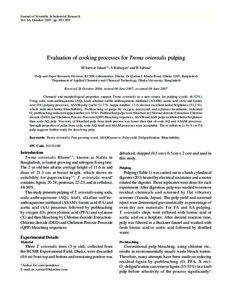<--- Back to Details
| First Page | Document Content | |
|---|---|---|
 Date: 2008-06-06 02:35:19Pulp Kraft paper Kraft process Kappa number Soda pulping Dissolving pulp Paper Anthraquinone Fiber Papermaking Chemistry Printing |
| First Page | Document Content | |
|---|---|---|
 Date: 2008-06-06 02:35:19Pulp Kraft paper Kraft process Kappa number Soda pulping Dissolving pulp Paper Anthraquinone Fiber Papermaking Chemistry Printing |